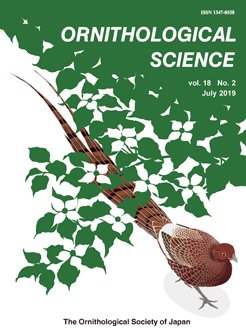Habitat degradation and fragmentation are serious threats to global biodiversity. Attributes of vegetation structure and patch structure have been considered critical factors in sustaining species diversity, but their relative importance remains unclear. This study aimed at identifying key vegetation and patch structure variables for bird species richness and examining their relative importance. We surveyed and mapped all individual birds in a 50-ha forest-farm landscape mosaic over three breeding seasons and recorded the vegetation in 286 patches of six land-use types. Native forests and conifer plantations (covering 59% of the area) contained 89% of the individuals and all of the bird species recorded. The effects of vegetation structure variables, tree family richness, and foliage coverage were more significant than those of patch-structure variables. Although conifer plantations were low in tree family richness of the canopy layer, they had a high tree family richness in the sub-canopy layer, and had similar bird density and species richness values as native forests. Creating and maintaining patches with a complex vegetation structure are critical for supporting animal abundance and species diversity. Forest patches dominated by only a few tree species in the canopy layer can be greatly improved by increasing the floristic composition of the sub-canopy layer. Large patches with a complex vegetation structure are important for sustaining biodiversity and should be kept as intact as possible.
How to translate text using browser tools
27 January 2020
Bird Species Richness in Relation to Land-Use Patch Structure and Vegetation Structure in a Forest-Agriculture Mosaic
Da-Li Lin,
Shu-Wei Fu,
Hsiao-Wei Yuan,
Tzung-Su Ding
ACCESS THE FULL ARTICLE

Ornithological Science
Vol. 18 • No. 2
January 2020
Vol. 18 • No. 2
January 2020
avian diversity
landscape configuration
patch size
urban planning
Vegetation physiognomy




